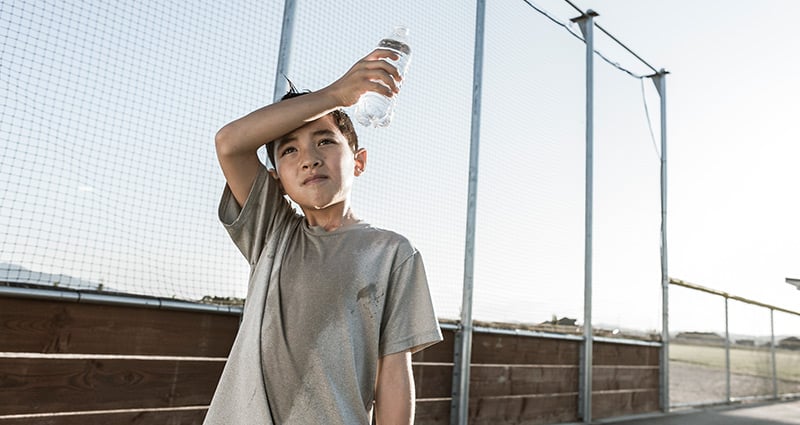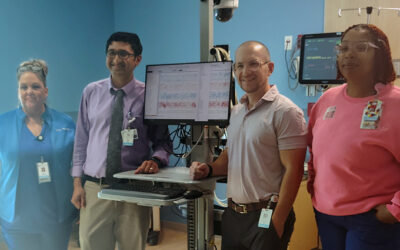We feel it in the air—summer is on its way, and with it brings long days spent out in the sun. This summer, it’s critical to help protect your child in the heat. Younger children and toddlers have an increased risk for heat-related illnesses like heat exhaustion or heat stroke. This can be caused by many factors, including underdeveloped sweat glands, smaller bodies that can’t regulate as well, and less ways to explain how they’re feeling.
Stroke Awareness Month is a great time to understand what a heat stroke is, how to watch for the warning signs, and learn when to get help.
What’s the difference between heat exhaustion and heat stroke?
- Heat exhaustion is when a child becomes dehydrated from being in the heat or sun for too long.
- Heat stroke is when a child’s body creates more heat than it can release, leading to a dramatic change in body temperature.
Signs of Heat Stroke
In addition to the warning signs brought about with heat exhaustion, like excessive sweating, dizziness, nausea and/or vomiting, headache, increased thirst or elevated body temperature, heat stroke can have other symptoms.
According to the CDC, you should watch for:
- An extremely high body temperature (above 103°F)
- Red, hot, and dry skin (no sweating)
- Rapid, strong pulse
- Throbbing headache
- Dizziness
- Nausea
- Confusion
- Unconsciousness
If your child exhibits any variation of these symptoms, seek emergency medical help immediately. While you wait for assistance, move the child to a shadier area, give them water if possible and try to keep them as cool as possible.




